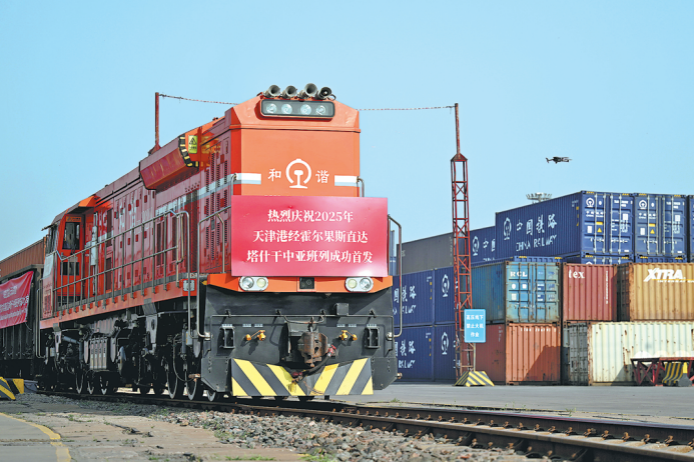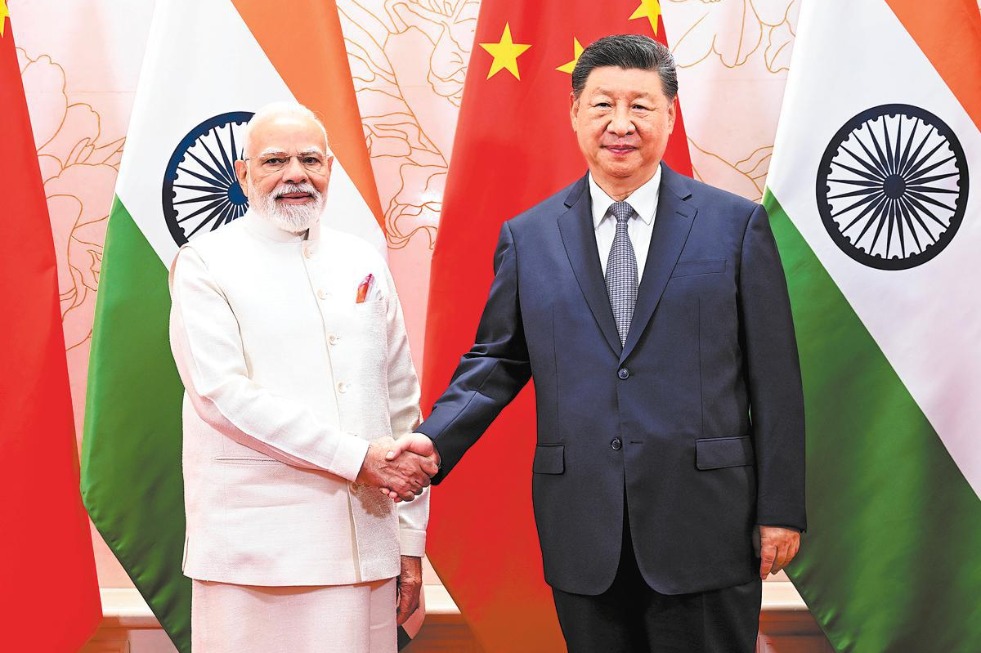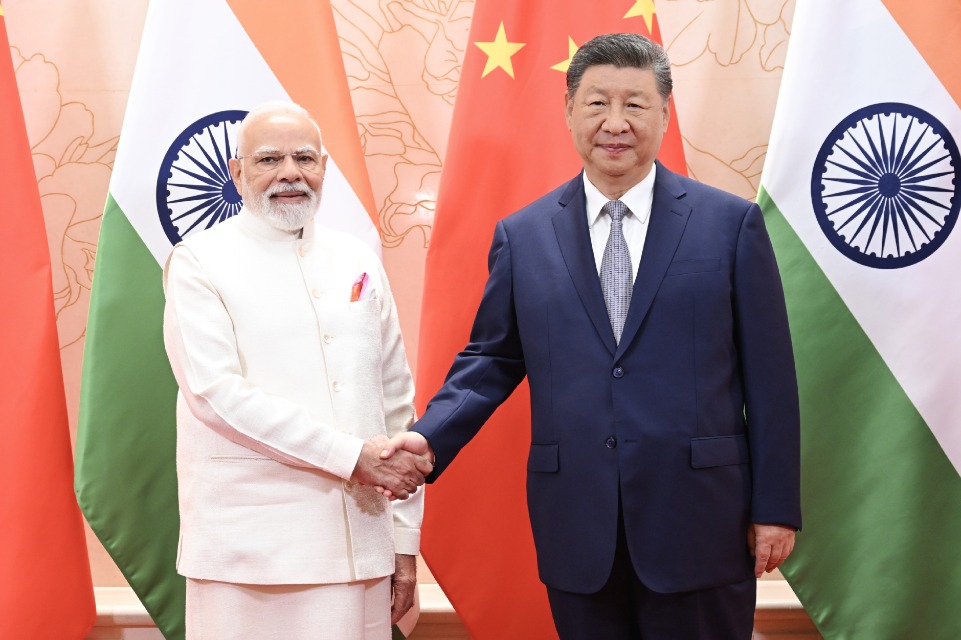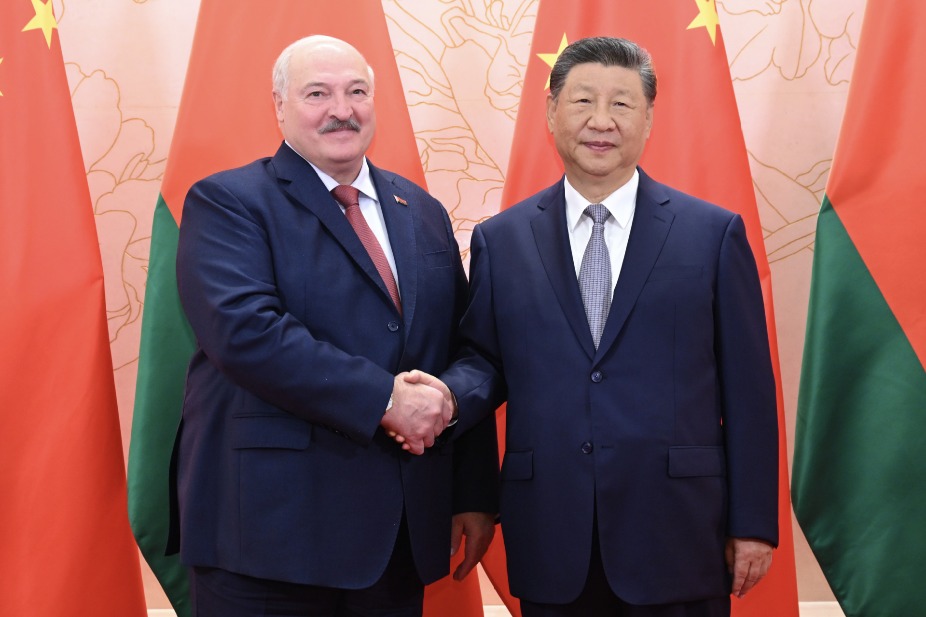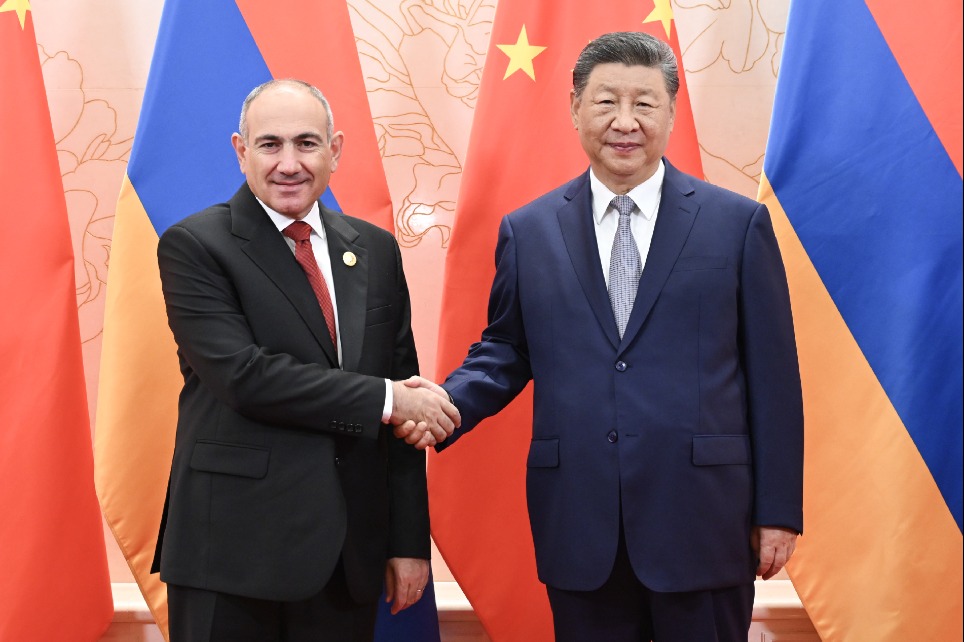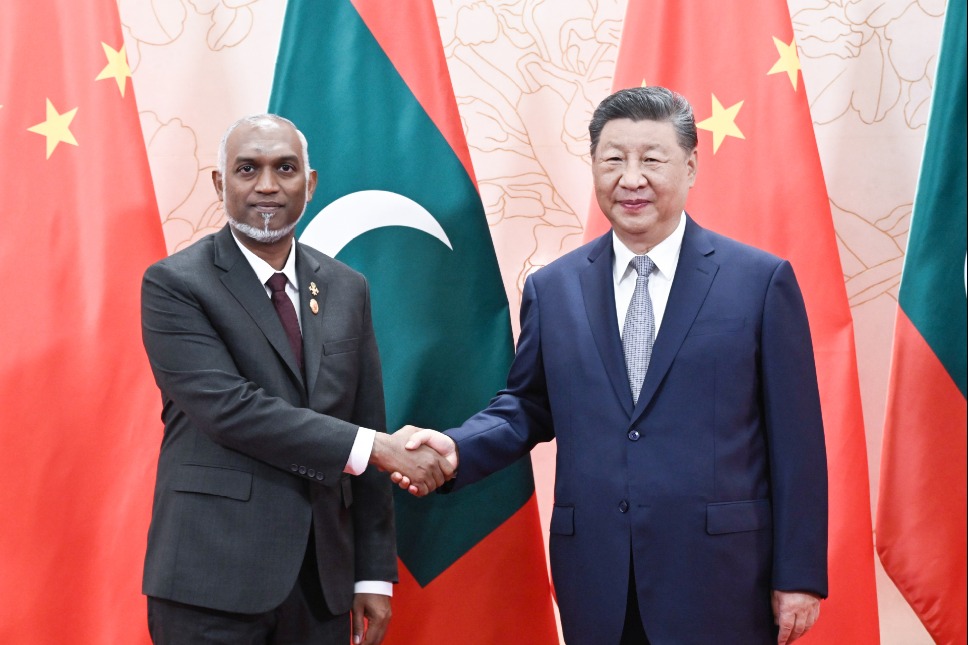Pricing law overhaul to ensure fair competition
Draft amendment comes as China confronts reality of cutthroat competition, where companies often slash prices below cost to gain market share


The focus was cemented at a meeting of the Central Commission for Financial and Economic Affairs on July 1, where policymakers pledged to tackle disorderly low-price competition, guide enterprises to improve product quality, and facilitate the orderly exit of outdated production capacities.
Notably, the latest amendment also ventures into algorithmic pricing, data abuse and technology-enabled price manipulation, all of which are new problems emerging amid the development of the country's booming digital economy.
The proposed law reflects a transformed landscape. When the pricing law was first enacted, many goods and services were still led by people. Today, prices are largely market-driven and new business models emerge constantly, from livestream shopping to instant delivery.
Market regulators are facing problems unheard of a generation ago: flash sales triggered by algorithms, services unbundled to hide costs, and industries suffering self-inflicted price wars.
Liu Wuxing, director of the NDRC's price monitoring center, said that pricing work is facing clear changes, where most prices are now determined by the market. New industries, new models, and new formats are emerging, and low-price disorderly competition has become more prominent, Liu said.
The amendment adds a provision that operators "must not use data, algorithms, technology or rules to engage in unfair pricing behavior".
Meng Yanbei, professor at the Law School of Renmin University of China, said that as business and profit models continue to change in the digital economy, laws must evolve to address unfair practices.
"This amendment is a direct response to phenomena like algorithmic discrimination and big data backstabbing, where loyal customers end up paying more because platforms know their habits."
The draft also clarifies rules on collusion, price gouging and discrimination, and forbids public utilities, industry associations and others from abusing influence to force sales, bundle products or charge unreasonable fees.
Penalties are set to rise, including stiffer fines for failing to display prices clearly or refusing to provide truthful cost data during inspections.
Su Haopeng, a professor at the University of International Business and Economics and director of its consumer protection law research center, said the amendment is "in time".
"Digital tools have amplified both the reach and the opacity of pricing strategies. When platforms tweak algorithms or segment users, they can create unfair advantages that harm both competitors and consumers. The law now makes clear these practices will be subject to scrutiny."
The draft amendment is not happening in vacuum. It is part of a broad modernization of China's market regulation framework, working in concert with recent revisions to the anti-monopoly law and the anti-unfair competition law.
These laws already prohibit dominant firms from predatory pricing or forcing merchants into "either-or" choices.
Han from CASS said that governance of disorderly competition needs synergy.
"Each law tackles a different piece of the puzzle, but together they form a comprehensive oversight system. This will help rein in the worst forms of cutthroat competition," he said.
Officials also want enforcement to have teeth. The draft this time raises the cost for violations, making fines more substantial and spelling out liability for those who obstruct investigations.
It refines government pricing powers, allowing authorities to set pricing mechanisms rather than just fix prices and requiring cost reviews and public consultation before decisions.
Guo, from the CAMR, said these changes have a strategic dimension. "In a world of uncertainty, strengthening rules for fair, lawful price competition helps make China's unified national market more attractive, both internally and externally. It's not just about disciplining firms; it's about supporting high-quality growth."
Industry experts said that unrestrained competition could undermine profitability across sectors, discouraging investment and innovation. In industries such as manufacturing, logistics or consumer services, price dumping can spread losses and shrink payrolls.
In the new energy vehicle sector, for instance, manufacturers have been engaged in relentless price undercutting in an effort to prop up sales, resulting in declining profitability and stoking concerns about deteriorating quality.
In early 2025, over 60 car models slashed prices in China. Industry-wide net margins fell to 4.3 percent last year, according to the China Automobile Dealers Association.
Guo warned of wider consequences. "When profits erode, firms cannot sustain operations or expand hiring. In major public-interest sectors or when serious market failures occur, the government has to step in with stronger legal tools to correct the course."
The amendment thus positions price regulation as a foundation for the "high-quality development" China champions, a concept that ties economic efficiency to fairness and innovation.
For consumers, the law could mean more transparent and predictable pricing, fewer bait-and-switch tactics and stronger protections in the online world. For businesses, it signals not only a tougher stance on reckless competition, but also clearer rules of engagement, Guo said.
Ultimately, the 27-year-old law's rewrite is more than a necessity.
As Guo put it: "The market today is bigger, faster and more complex. Without updated rules, competition can become chaos. This amendment is about steering that energy into productive, sustainable growth."
chengyu@chinadaily.com.cn














